Sour beer is slowly taking the place of hoppy IPAs on bar chalkboards all over the U.S. It’s a strange revolution though. Once-diehard hops enthusiasts are turning to something that’s tart, light, and with about half the alcohol content.
In beer terms, sour beer is funky and is often described as having “barnyard” qualities – and that’s when it’s really good.
Even though sours seem shiny and new, in reality Americans are a little late to the sour game – several thousand years to be exact. The rest of the beer-drinking world is raising a confused eyebrow at our recent infatuation with sour beers (and their price tags). Hype has us all believing that sour beers are a delicious new invention made to save us from IPA hangovers. The reality is, though, that sour beers are literally the original beer. The first beer, thought to have been produced 7,000 years ago, was created by fermenting cereal grains through spontaneous fermentation. This was before people understood and harvested yeast strains, and that meant that wild, unpredictable, uncontrolled beers were created. So, in other words, someone a really long time ago left some grain and water out a little too long, tasted it, and was like, This makes me feel funny in a good way! Beer was born.
The first beer would have had that familiar sour taste thanks to spontaneous fermentation.
Spontaneous fermentation is the most commonly agreed-upon foundation of sour beers, and it makes the process often just as unpredictable. Leaving fermentation up to Mother Nature and wild yeasts and bacteria, rather than adding domesticated yeast and keeping bacteria out of the brewing process as much as possible, produces a more wild flavor of beer. Brettanomyces are wild yeasts that brewers typically take great pains to avoid – if you’re trying to make a smooth, low-acid brew, you hate “Bretts.” They are, however, the main reason sour beers have the distinguishing “funk” sour beer enthusiasts rave about. The sour flavors, on the other hand, are mostly the work of wild bacteria, like Lactobacillus and Pediococcus, that convert sugars to lactic acid, giving the beer its signature tartness. So, if you’ve tasted the similarity between sour beer and sour cream, now you know why.
There are all plenty of different styles of sour beers. Lambic is the most traditional (and to beer geeks, the most authentic) type of sour beer, relying on wild yeast and infused with fruit. Then there’s Flanders red ale, American wild ale, Berliner Weisse, gose, and Oud Bruin – all brewed with various techniques that tap into wild yeast and bacteria. When you’re working with unpredictable elements, environments, blends, and other processes, luck plays an important role.
And that’s why brewers are getting crazy with fruit variations, mixing up the blends, and testing out different wine barrels. So yes, sour beer is one of the oldest fermented beverages known to man. But, today, we’re taking it to an obsessive new level. Basically, craft sour brewers are mad scientists. And we are the happy lab rats.
Looking for a sour beer to get started on? If you’re in the West, try the classic Supplication from Russian River. Midwesterners are going to want to begin with something like La Roja of Michigan-famous Jolly Pumpkin. In the East, Brooklyn Brewery’s Wild Streak is a good brew to inspire a love for sours.

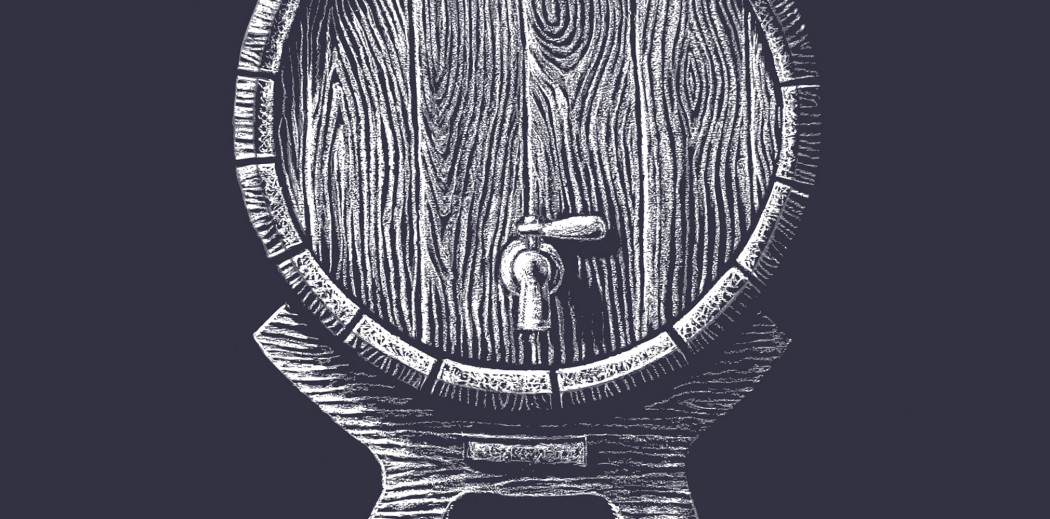

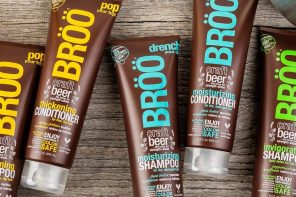
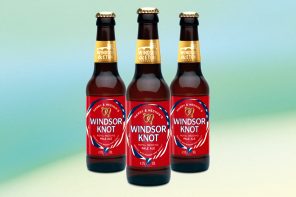
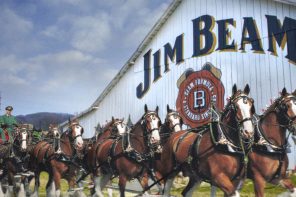
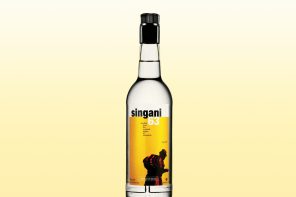
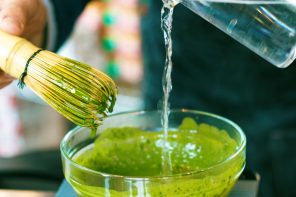
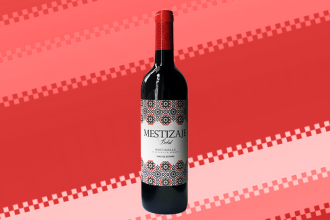
I love sour beers! Lots of NW breweries have been doing them lately, 10 Barrel where I live makes some great versions.